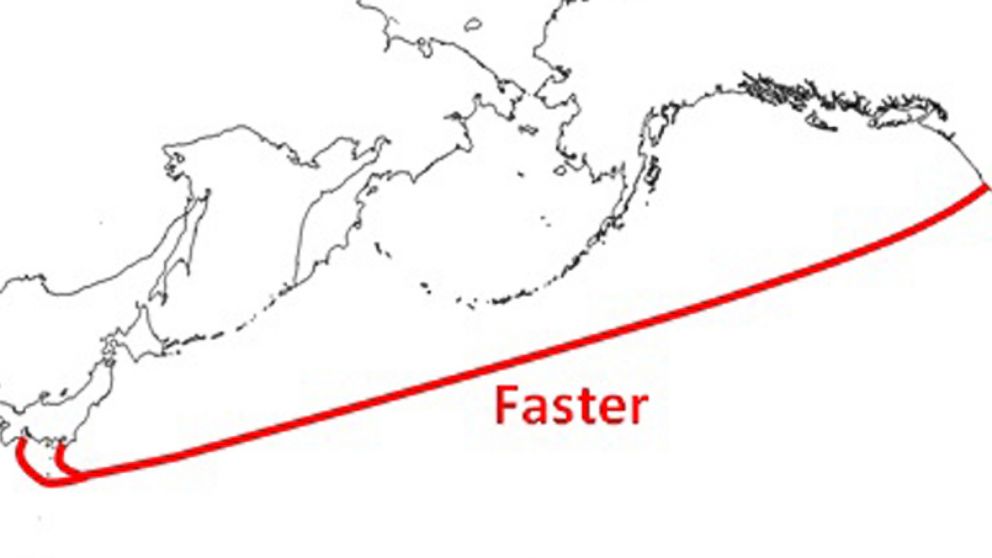Google Invests in $300 Million Underwater Cable
Why the search engine giant wants a high speed cable between US, Japan.

— -- Even the largest ocean in the world isn't going to get in Google's way.
The search giant announced today it is joining five other companies to build a $300 million undersea cable system that will span the Pacific Ocean, making the Internet faster for users in Asia.
The high speed submarine cable, called Faster, will connect two coastal locations in Japan with major West Coast cities, including Los Angeles, San Francisco, Portland and Seattle.
Google Wants to Be Your Sidekick, Everywhere
How Google Plans to Use Its New High Resolution Satellites
Why Google Bought A Drone Company
Once complete, the cable will operate at 60 terabits per second, which is about ten million times faster than the typical cable modem, Urs Hölzle, Google's senior vice president of technical infrastructure, said today in a Google+ post.
"At Google we want our products to be fast and reliable, and that requires a great network infrastructure, whether it's for the more than a billion Android users or developers building products on Google Cloud Platform," Hölzle said. "And sometimes the fastest path requires going through an ocean."
Construction on Faster will begin immediately, according to a news release from NEC, the IT and network technology company that was awarded the contract to lay the cable. The project is scheduled to make its debut sometime during the second quarter of 2016.
It's not the first time Google has gone underwater to improve Internet speed. In 2008, the company invested in cable that connected Southeast Asia and Japan.
The company also backed UNITY, another Trans-Pacific cable system between the United States and Japan that debuted in 2010. The cable has a capacity of 7.68 terabits per second, according to Submarine Cable Networks, meaning that the newly backed cable system will blow it out of the water.



